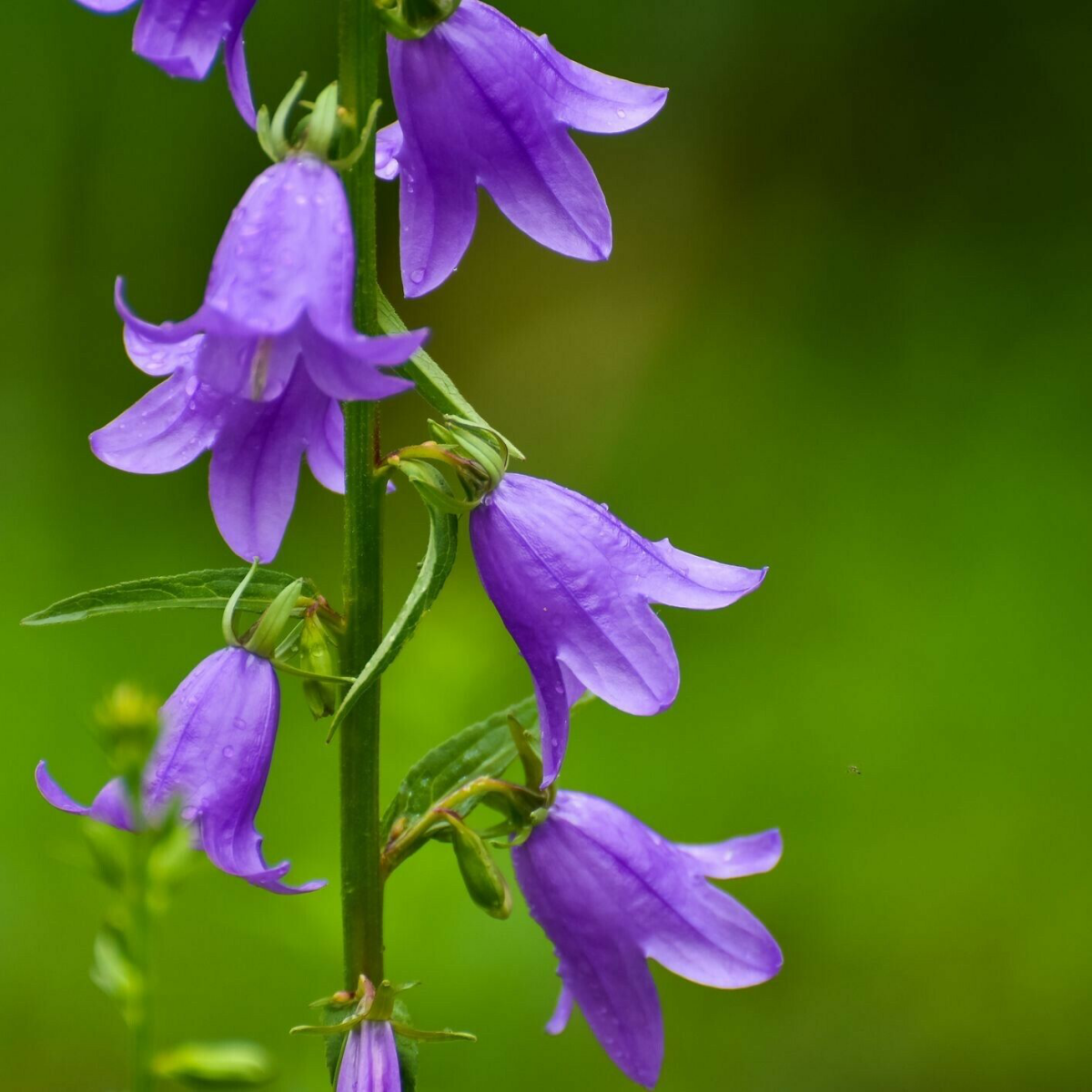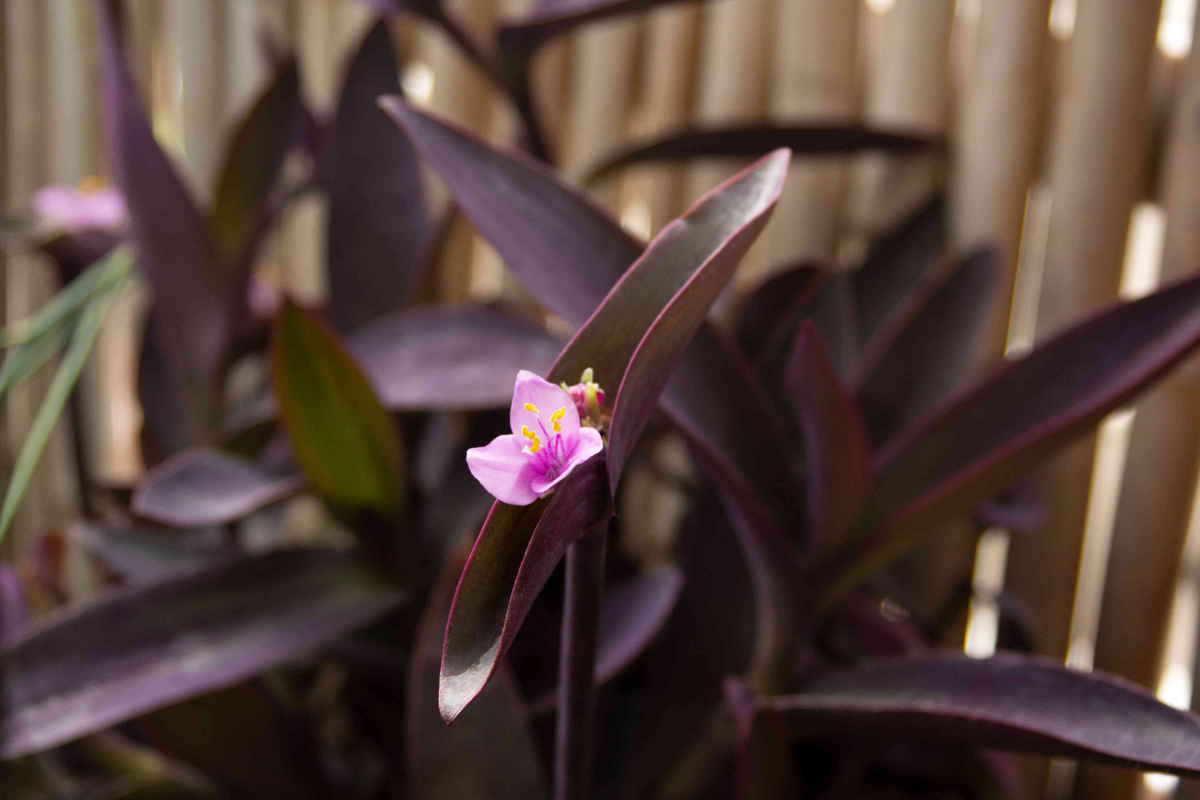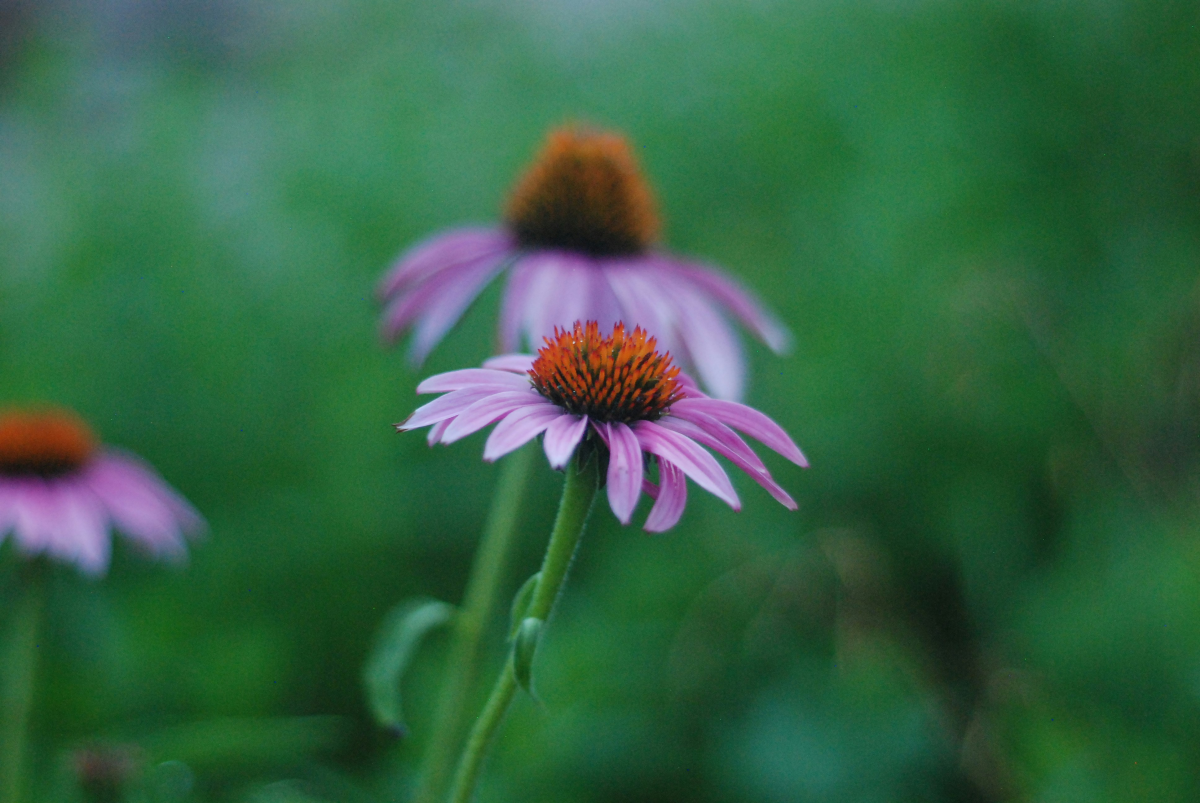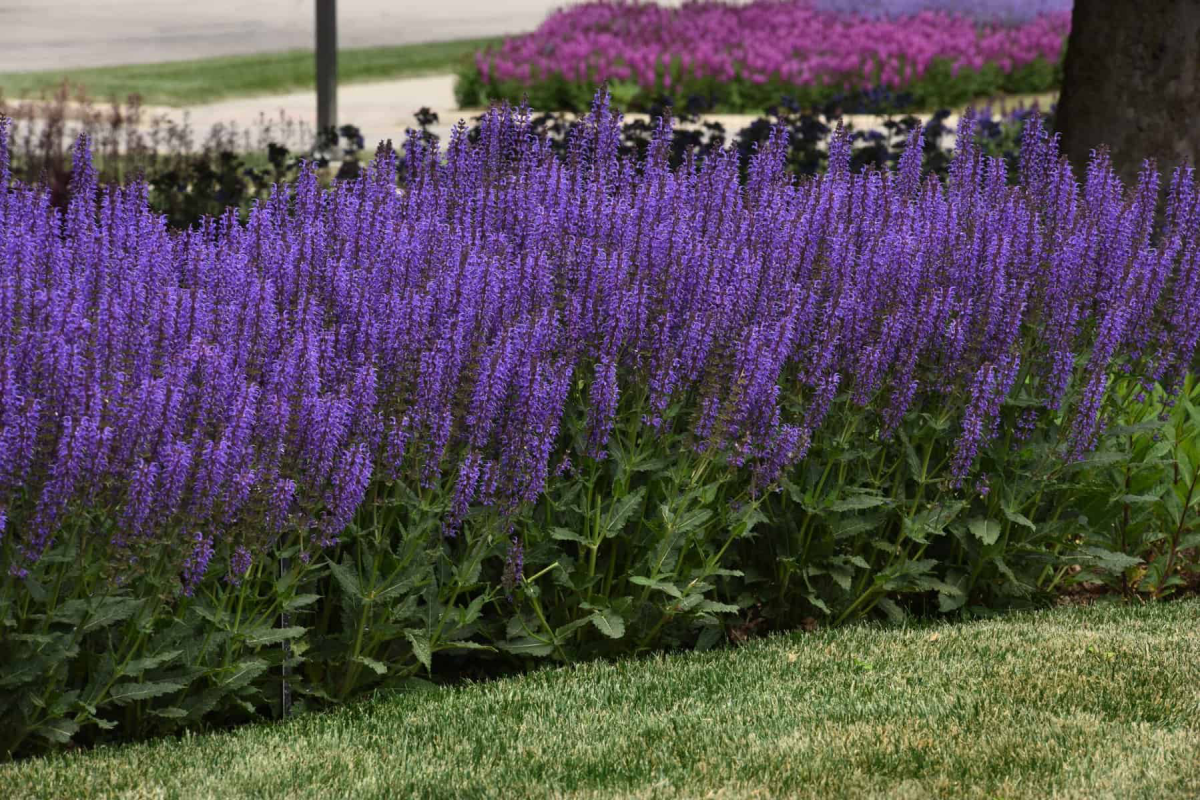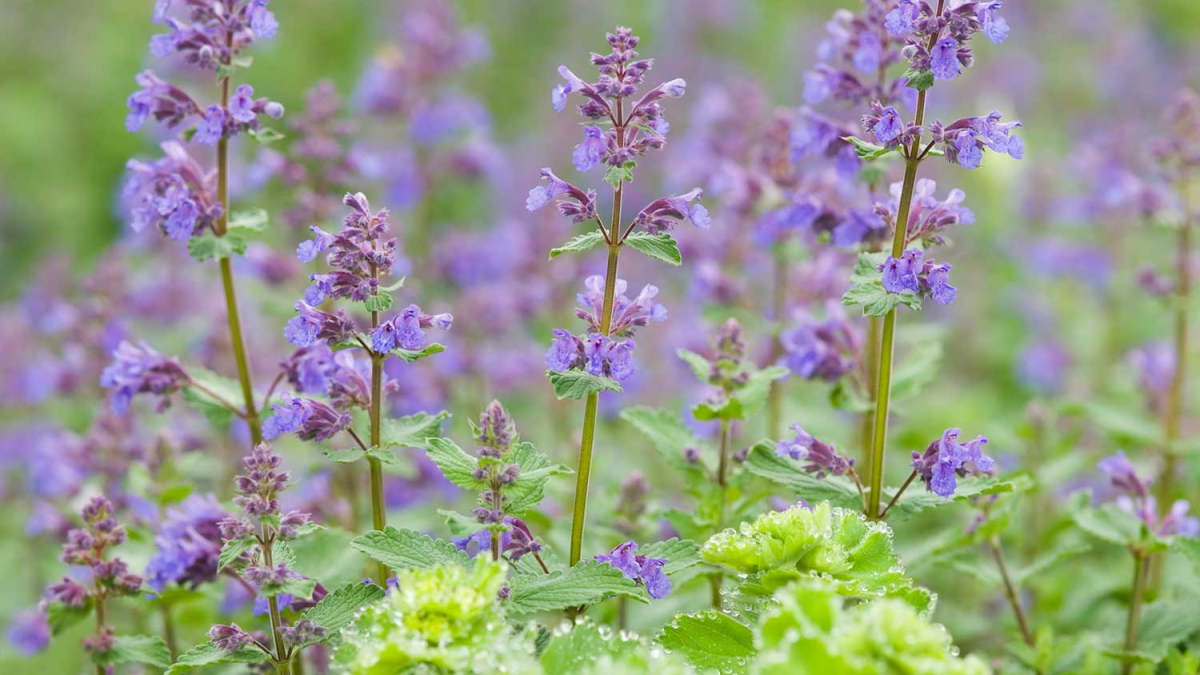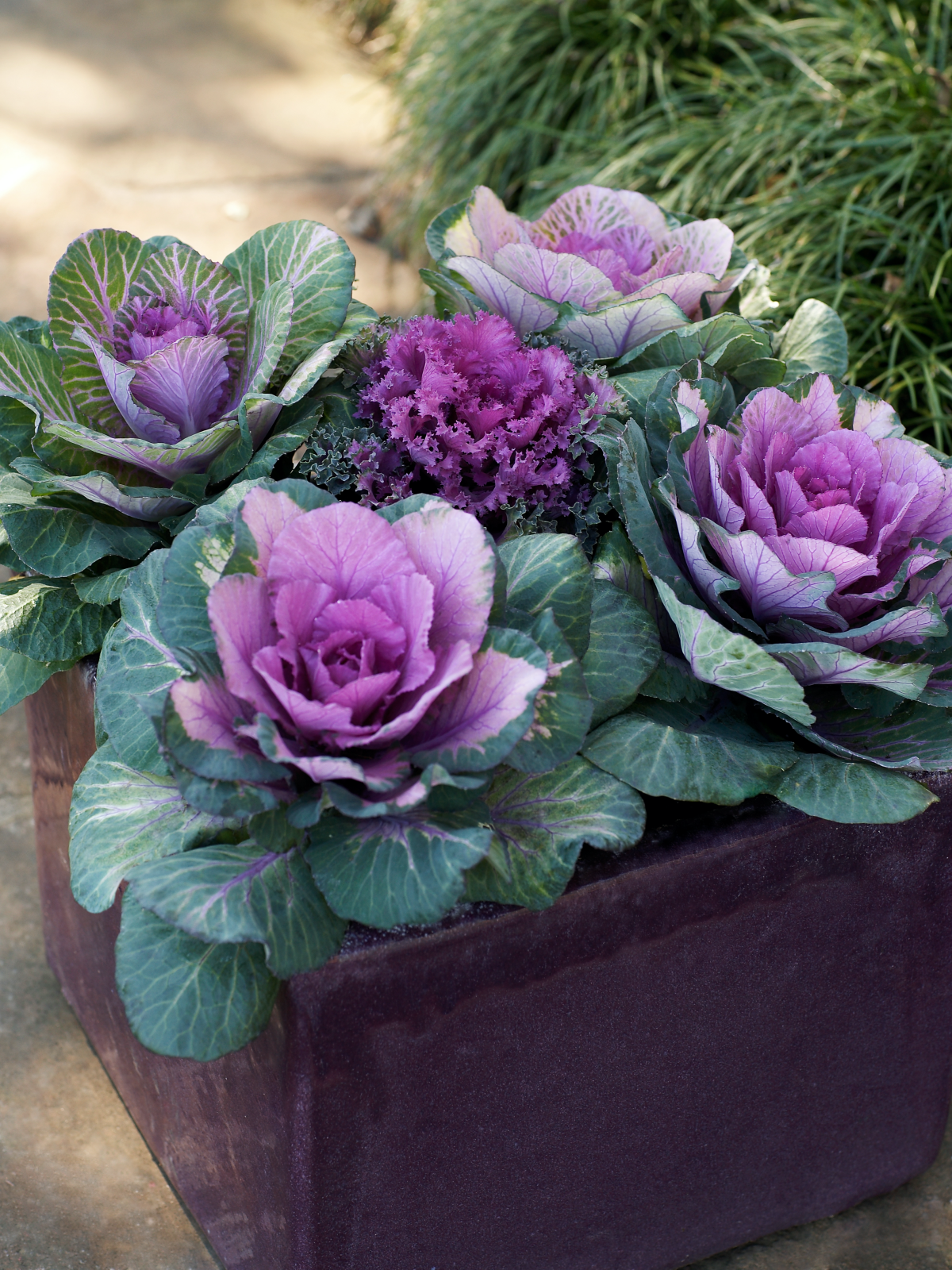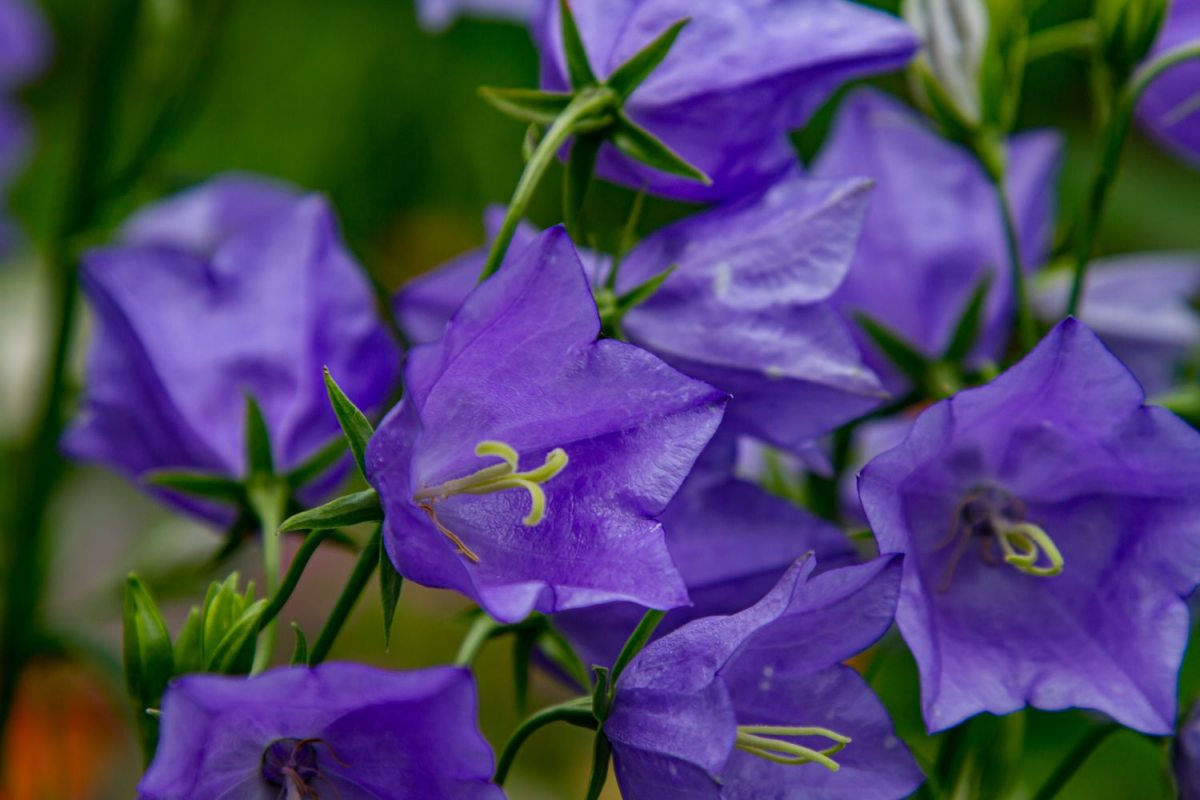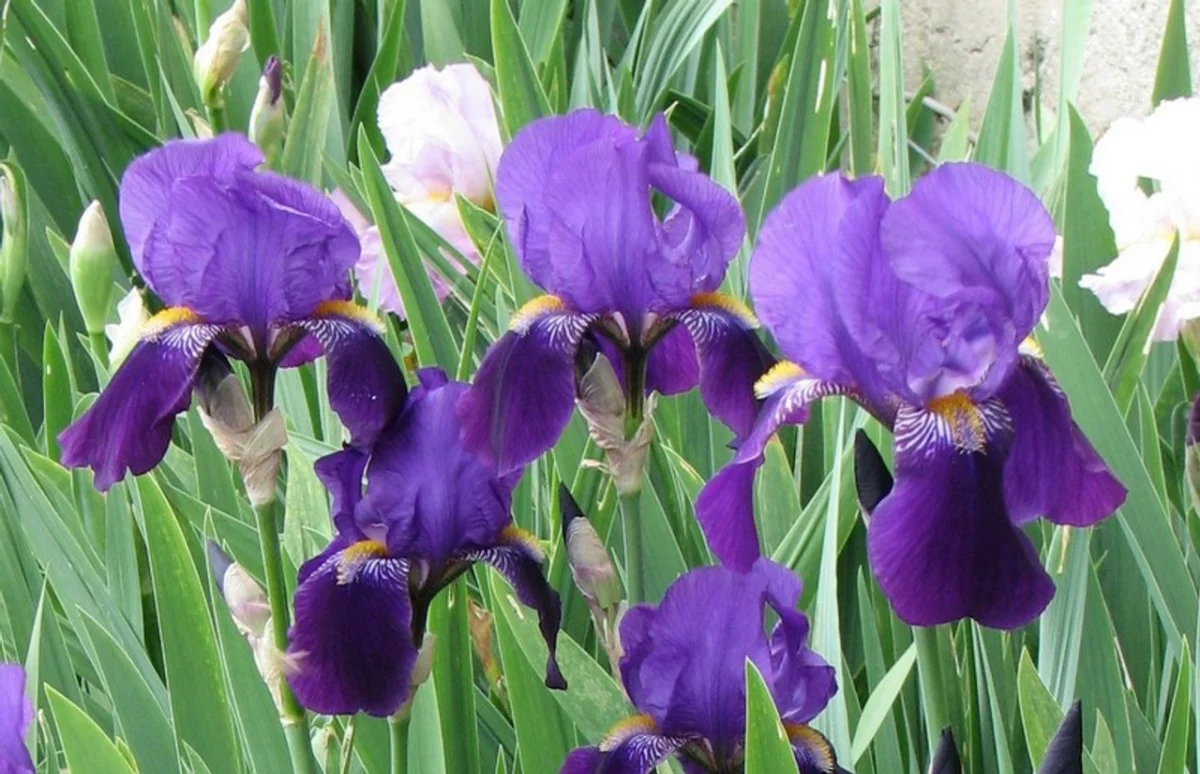Purple Plant Wonders: 10 Beautiful Plants For A Stunning Garden
The art of garden design is akin to a symphony of colors, where purple plays a leading role. It’s a color that exudes an aura of royalty, luxury, and mystery. Now, imagine a garden. In this space, vibrant shades of purple are the stars of the show. They transform an ordinary space into a captivating haven. In this article, we embark on an enchanting journey. Our path takes us through the realm of purple plants. We will uncover some of the best purple plant wonders. These varieties have the power to turn your garden into a dazzling showcase. It’s a showcase filled with the violet vibrancy of these magnificent plants.
Purple plants orchestrate a garden’s royal elegance
In this article
Purple Plant Wonders
The color purple is a hue deeply rooted in creativity, wisdom, and dignity. It wields a unique power in the garden. It’s more than a color. This color is a statement of elegance and a whisper of mystery. When purple plants weave their way into the fabric of your garden, they bring with them an air of sophistication and a sense of serene beauty. In this exploration, we delve into how these regal plants can be more than just visual elements. They can be soulful companions in your gardening adventure. They offer a tranquil retreat and a feast for the senses.
Purple hues in gardens weave sophistication and tranquility
Lavender
Lavender, known for its soothing fragrance and delicate blooms, is a timeless garden favorite. This hardy plant, thriving in well-drained soil and basking in full sun, is a dream for gardeners seeking low-maintenance yet stunning flora. Its versatility extends beyond aesthetic appeal – it’s also used in aromatherapy for relaxation. Imagine pairing its silvery-purple hues with the sunny vibrancy of yellow and the purity of white blooms. This combination can create a serene, cottage-style garden, a haven of peace in your own backyard.
Lavender infuses gardens with a tranquil purple haze and a soothing aroma
Echinacea
Echinacea purpurea, a standout with its vibrant, cone-shaped flowers, is more than a visual delight. This plant is steeped in medicinal properties, commonly used in herbal remedies to boost immunity. Thriving in full sun and well-drained soil, it makes gardening a rewarding venture. The purple coneflower pairs beautifully with ornamental grasses and other sun-loving perennials. It creates a meadow-like ambiance that invites both admiring glances and beneficial pollinators.
Echinacea purpurea blooms with medicinal majesty in vibrant purple
Salvia
Salvia, often known as common sage, is a culinary favorite that doubles as an attractive ornamental plant with its striking spiky purple flowers. It flourishes best in full sun and well-drained soil, making it a hardy and resilient addition to any garden. Rich in aromatic properties, Salvia is a cornerstone in many culinary traditions, especially in Mediterranean cuisine. When paired with other aromatic herbs like rosemary and lavender, it creates a fragrant, herbal haven that delights the senses. Beyond its culinary uses, Salvia is also valued for its potential medicinal benefits, including anti-inflammatory and antioxidant properties.
Salvia’s purple spikes blend culinary richness with ornamental elegance
Allium
Alliums, known for their bold, globe-shaped flowers, offer a striking visual impact in any garden setting. These ornamental onions thrive in sunny spots with well-drained soil. The dramatic spheres of Alliums, which can range in size from small pom-poms to large, tennis ball-sized blooms, are comprised of dozens of tiny flowers. This unique structure adds not only visual interest but also architectural elegance to garden designs. When planted among lower-growing perennials, they create a layered effect, adding depth and dimension to your garden. Additionally, Alliums are known for their ability to deter common garden pests, making them a practical choice for organic gardening.
Alliums add dramatic, spherical purple bursts to the garden canvas
Catmint
Catmint, distinguished by its lavender-blue flowers and fragrant leaves, is a favorite among pollinators like bees and butterflies. Thriving in full sun and well-drained soil, Nepeta is a robust, drought-tolerant plant that can add a relaxed, informal look to gardens. This perennial is not just a pollinator attractor; it also has a calming effect and is sometimes used in herbal teas. When planted alongside roses and echinacea, Catmint helps create a diverse ecosystem, encouraging beneficial wildlife and promoting a healthy, thriving garden.
Catmint’s lavender-blue flowers create a lively pollinator haven
Ornamental Kale
Ornamental Kale, with its rosette-like leaves, brings a unique textural element to the garden. Unlike its edible counterpart, ornamental kale is grown for its striking foliage, which comes in shades of purple, green, and white. This cool-season plant thrives in cooler temperatures and moist, well-drained soil. As temperatures drop, its colors become more vibrant, making it an ideal choice for adding visual interest in the fall and winter garden. When paired with fall bloomers or used in container gardens, ornamental kale creates a visually appealing contrast that celebrates the beauty of the changing seasons.
Ornamental Kale introduces a cool, purple-textured beauty to gardens
Bellflower
The Bellflower, with its charming bell-shaped flowers, is a versatile and elegant addition to any garden. It thrives in a range of conditions from full sun to partial shade and prefers well-drained soil. With species ranging from low ground covers to taller varieties, Bellflowers are suitable for many garden applications, including borders, rock gardens, and container plantings. Beyond their beauty, these flowers are also edible, with a sweet, crunchy texture, adding a whimsical and tasty element to salads and desserts.
Bellflowers sprinkle fairy-tale magic with their charming purple bells
Purple Heart
The Purple Heart, known for its deep purple foliage and small pink flowers, is a stunning ground cover that thrives in partial to full sun. This easy-to-grow plant is perfect for adding a touch of drama and color contrast to your garden. Its trailing habit makes it ideal for hanging baskets, containers, or as a ground cover in garden beds. The Purple Heart is not only visually striking but also has air-purifying qualities, making it a beneficial addition to both outdoor and indoor environments.
Purple Heart plants weave a tapestry of deep purple foliage
Bearded Iris
The Bearded Iris, with its distinctive ruffled flowers, is a spring garden favorite. These perennials require well-drained soil and full sun to flourish. Bearded Irises come in a wide range of colors, but the purple varieties are particularly stunning, offering a regal presence in the garden. Their sword-like foliage provides architectural interest even when the plants are not in bloom. These irises are not only beautiful but also easy to divide and share, making them a favorite among gardeners who enjoy propagating their plants.
Bearded Irises herald spring with flamboyant purple blooms
African Violet
Ideal for indoor spaces, the African Violet offers a burst of color with its soft, velvety leaves and vibrant flowers. These tropical plants thrive in indirect light and consistent moisture, avoiding water on their leaves to prevent spots. They prefer a warm, humid environment, making them well-suited to indoor conditions. African Violets are available in a wide range of colors and flower forms, allowing for customization in your indoor plant collection. They are also famous for their ability to bloom multiple times a year with proper care.
African Violets bring a splash of indoor purple vibrancy
Creating a garden adorned with purple’s splendor is like painting a canvas with nature’s most lavish palette. Each plant is a stroke of genius, contributing to a masterpiece that celebrates life and color. This guide not only showcases these purple plant wonders but also provides practical advice on how to integrate them into your garden.
These purple plant wonders are worth having in your garden
